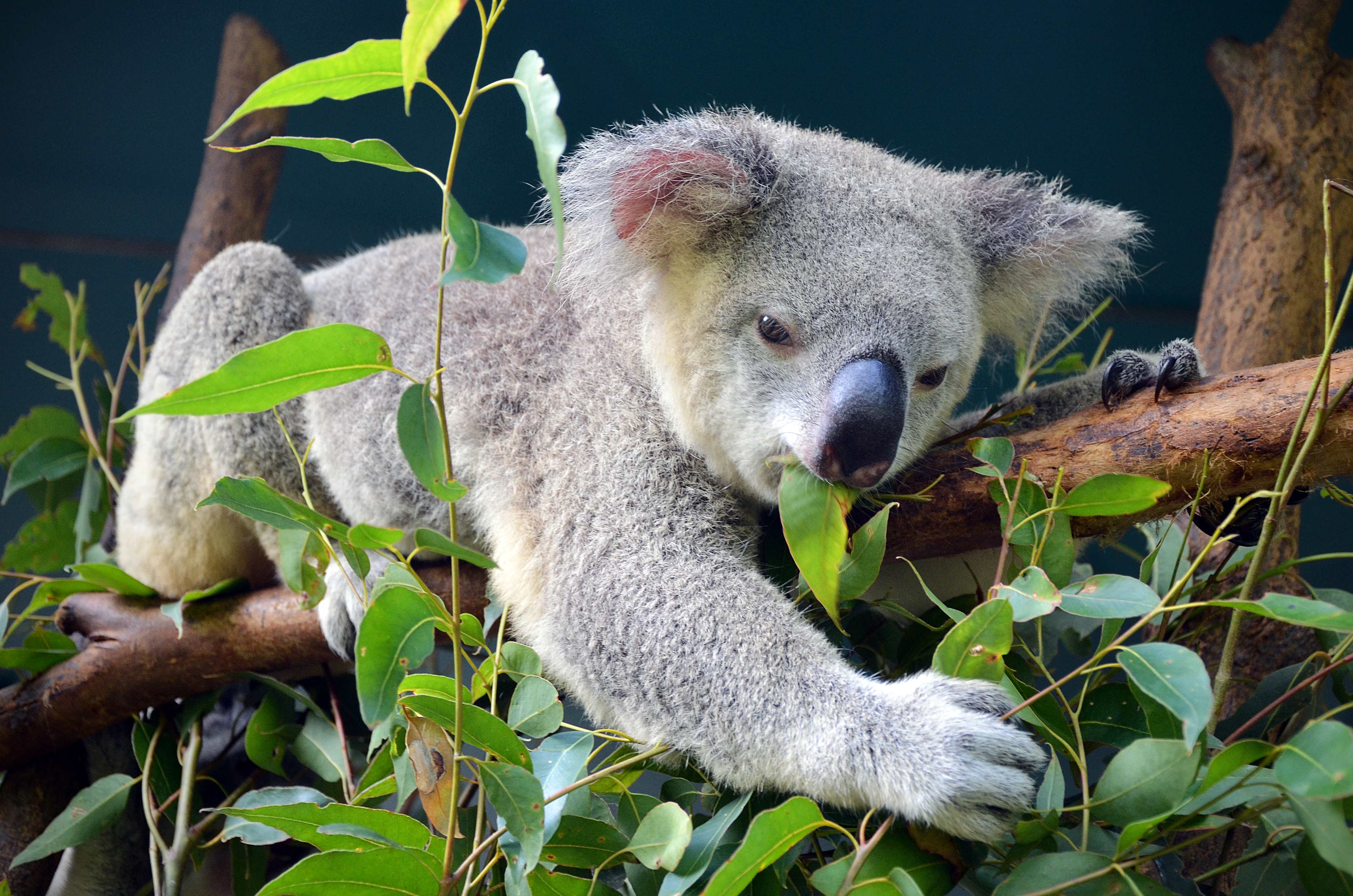Looking for an attraction where the stars of the show are prehistoric predators measuring up to 15 feet long and weighing up to 1100 pounds? It isn’t quite Jurassic Park, but the Sunshine Coast’s Australia Zoo might be the closest thing you can visit today. This is the best place to safely see Australia’s most fearsome native reptile up close while on Queensland tours, especially at the "Crocoseum," the world’s first stadium dedicated to educational snake, bird and crocodile feeding shows, as well as the odd live concert.
First opened in 1970 by Bob and Lyn Irwin as Beerwah Reptile and Fauna Park, the park was reinvented as Australia Zoo in the 1990s under the oversight of their son, Steve Irwin and his wife Terri, who found fame through their TV series, The Crocodile Hunter. The rechristened zoo expanded rapidly on the back of the couple’s international celebrity, yet remained committed to its original mission of conservation through exciting education. In 2004, it opened the Australian Animal Hospital (now Australia Zoo Wildlife Hospital). Today, it remains active in the rehabilitation and study of koalas and other native creatures throughout Australia, while offering the Wildlife Warriors headquarters and conservation support for a wide variety of species from Africa, Asia, and beyond. Australia Zoo showcases and protects one of the largest, most diverse rosters of native and international animals of any wildlife park in Australia. Australia Zoo is located just outside Beerwah, a 24-minute drive inland from Caloundra, on the Sunshine Coast, or just over an hour north of inner-city Brisbane. Ideally, the zoo is a full-day excursion from either city (or from the Gold Coast, though this makes for a long day). It’s probably best known as one of the Sunshine Coast’s star attractions on Queensland tours, set against the spectacular backdrop of the Glasshouse Mountains.

The crocs are - as they have always been - Australia Zoo’s star attraction. Many are rescued from the wild, where they have either been threatened or come a little too close to human civilization for comfort. Unlike American alligators, which can tolerate a certain degree of cohabitation with humans, saltwater crocodiles are fiercely territorial and are (if they’re lucky) relocated if they begin to pose a threat. In addition to the crocs in residence, Australia Zoo tracks a number of crocodiles in far north Queensland to study their movements and behaviours on the Steve Irwin Wildlife Reserve. The Crocoseum is Australia Zoo’s number one attraction, where each day at noon, the famous Wildlife Warriors encourage these animals to demonstrate their awesome power. Thousands of visitors enter the Crocoseum every year to see the animal kingdom’s most powerful bite in action, along with snake and bird shows, all delivered in keeping with the philosophy of "conservation through exciting education" that has steered the zoo since its beginning.

For many years, however, the crocodiles took something of a back seat to Australia Zoo’s biggest reptile celebrity, Harriet the Galapagos tortoise. Collected from the Galapagos Islands in 1835 by no less a naturalist than Charles Darwin himself, Harriet returned to the Southern Hemisphere with John Wickham. She took up residence at Brisbane Botanical Gardens, followed by Fleay’s Fauna Sanctuary on the Gold Coast, finally arriving at Queensland Reptile and Fauna Park – now Australia Zoo – in 1987. She had just celebrated what was estimated to be her 175th birthday when she passed away in June 2006. She is the third-oldest tortoise ever authenticated. Famous for her sweet nature and love of red hibiscus flowers, Harriet remains an icon of Australia Zoo and its connection to conservation efforts around the world. Outside of its resident reptiles, Australia Zoo harbours koalas, kangaroos, possums, Tasmanian devils, wombats, echidnas, and dingoes... that’s just the Australian natives. The mid-2000s brought an expansion of the zoo to include Tiger Temple, an exhibit showcasing both Bengal and Sumatran tigers. Nearby, other Asian natives, including adorable binturongs, red pandas, and a Komodo dragon, enjoy their own enclosures, built to closely mimic their natural environment.

The zoo’s other great expansion in 2011 was an African Savannah exhibit, built to mimic the natural ecosystem of the Serengeti. It’s now home to giraffes, cheetahs, rhinos, zebras, and meerkats, with a separate island for lemurs, giant tortoises, and other animals not meant to mingle on the savannah. The big difference in the zoo’s Africa exhibit is its openness. While all the enclosures at Australia Zoo mimic natural environments, Africa is the only one where animals share the large space as they would in the wild. Australia Zoo remains one of the country’s most beloved wildlife parks, and is a must-do for any wildlife-loving globetrotter on Queensland tours, visiting the Sunshine Coast or Brisbane.

There are a few tips, however, for a successful and satisfying visit. The zoo is quite big and lists its exhibits on its website. Take advantage and plan which animals you’d most like to see before you arrive. If you need help deciding, the site offers suggestions of highlights you shouldn’t miss. Those looking to save a few dollars on admission can take advantage of multiple-day passes and family tickets covering either two or three children. For those who really want to get involved with Australia Zoo’s mission, there are options to "adopt" one of the animals here, financially at least.
Christian’s first globetrotting adventure saw him get lost exploring the streets of Saigon. Following his nose to Asia’s best coffee, two lifelong addictions were born. A freelance writer and novelist, Christian’s travels have since taken him around his native Australia, Asia, Europe, and much of North America. His favourite trips have been through Japan, Spain, and Brazil, though with a love of off-beat, artsy cities, he’ll seize any opportunity to return to Paris, New York, or Berlin.
Get Inspired
Travel Stories to Inspire You.
Newsletter
Unlock Even More
Sign up to our newsletter to unlock travel Specials, Inspiration, and Expert Guides right to your inbox.




